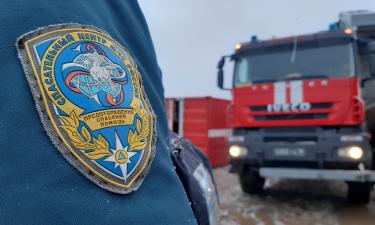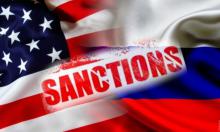UNITED KINGDOM: RESPONSIBLE FOR NUCLEAR POLLUTION IN SEA
Sellafield is the name of the UK’s most famous nuclear power station but it is also synonymous with a string of radioactive leaks, some publicised and others not, at least not until 30 years later…and consequently is on the black list of Greenpeace. In question this time is the discharge of radioactive materials into the Irish Sea. A plan had been drawn up to reduce the discharge of an isotope called tecnecium-99 into the sea. This isotope has a half-life of more than 200,000 years and is a result of the reprocessing of nuclear fuel from the Magnox generation of reactors. Since 1993, the quantity of this isotope launched into the sea has risen by no less than 20 times. Across the Irish Sea, the Republic of Ireland sees its banks of crustaceans and fish supply contaminated and wants the UK to honour its agreements under the OSPAR international agreement on sea pollution.. Greenpeace has now taken up the cause and considers the British nuclear company BNFL (British Nuclear Fuels Limited) to be in breach of its agreements when it announces that until 2006, there can be no reduction in discharges, otherwise the industry would have to close half of its plants. How many Chernobyls have happened in greater or lesser scales around the world? How many of these have reached the international press? As countries criticise each other over emissions of gases, they should also remember that there is an old saying: never throw stones at others if your roof is made of glass. Timothy Bancroft-Hinchey, Pravda.Ru, Lisbon
Subscribe to Pravda.Ru Telegram channel, Facebook, RSS!




